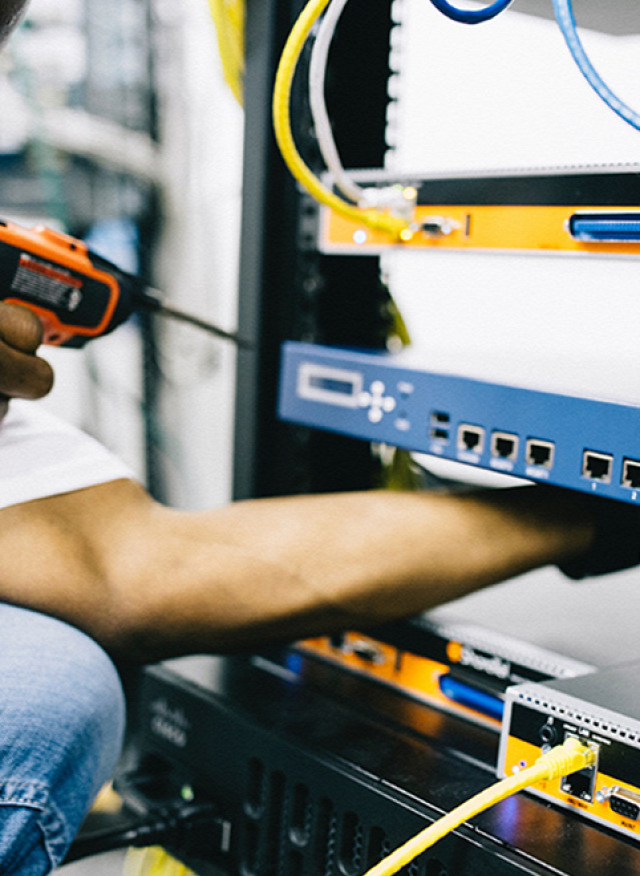 In today's fast-paced world, staying connected is more important than ever. This need for constant connection is driving the demand for faster, more reliable internet service, which is where fiber optic cables come into play. These cables are a backbone for high-speed internet, transmitting data over long distances using light. However, the installation of these cables is a complex and delicate task. Innovations in the field are making it easier and more efficient to lay down these vital pathways of connectivity. In this article, we'll explore the cutting-edge methods that are transforming fiber cable installation.
In today's fast-paced world, staying connected is more important than ever. This need for constant connection is driving the demand for faster, more reliable internet service, which is where fiber optic cables come into play. These cables are a backbone for high-speed internet, transmitting data over long distances using light. However, the installation of these cables is a complex and delicate task. Innovations in the field are making it easier and more efficient to lay down these vital pathways of connectivity. In this article, we'll explore the cutting-edge methods that are transforming fiber cable installation.
New Techniques in the Field
One of the biggest shifts in installing fiber optic cables has been the adoption of micro-trenching technology. This method involves creating a small, narrow trench on the side of roads or pathways—just wide enough for the cable. It's less invasive than traditional trenching, causes minimal disruption to the surrounding area, and speeds up the installation process significantly. Another innovation is the use of conduit systems that provide additional protection for the cables, ensuring they are safeguarded against environmental factors and urban development.
Advancement is the use of aerial drone technology. Drones can quickly and accurately lay cables over difficult terrain, such as rivers or mountains, where manual installation would be challenging and time-consuming. This not only speeds up the process but also reduces the risk to human workers. The drones are equipped with sensors that help navigate through tight spaces, ensuring the fiber optic installation is both precise and efficient.
Safer and More Efficient Work
Safety is a key concern during fiber optic installation . Thankfully, new robotic tools have emerged that handle the delicate fibers with precision, minimizing the risk of breakage. These robots can also install cables in tight or hazardous spaces, which would be risky for human installers. Automated tools are now able to splice fibers with minimal error, further enhancing the quality of connections.
Additionally, the introduction of real-time data transmission systems during the installation process allows for immediate testing and feedback on the installation quality. This means problems can be identified and corrected on the spot, ensuring the reliability of the connection as soon as it's laid down. These systems also help in monitoring the health of the fiber optic cables over time, alerting maintenance teams to potential issues before they become serious.
Environmental and Community Impact
As communities grow more conscious of environmental and urban aesthetics, the methods of laying down fiber optic cables have adapted. Techniques that reduce soil disruption and protect natural landscapes are prioritized, and efforts are made to conceal the presence of cables to preserve the visual appeal of neighborhoods and cities. Cable installation now also considers wildlife preservation, routing cables to avoid disrupting natural habitats and migrating patterns.
Culmination
As we continue to rely on high-speed internet for our daily needs, the efficiency and safety of fiber optic cable installation are paramount. Thanks to the innovative approaches outlined here, the process is becoming faster, safer, and less intrusive. With companies like CMC Communication at the forefront, these advancements ensure that communities everywhere can enjoy reliable and rapid connectivity without the wait or environmental toll. Keep an eye on the horizon—CMC Communication is quietly setting the standard for tomorrow's connections, linking people and places with unprecedented efficiency and care.


